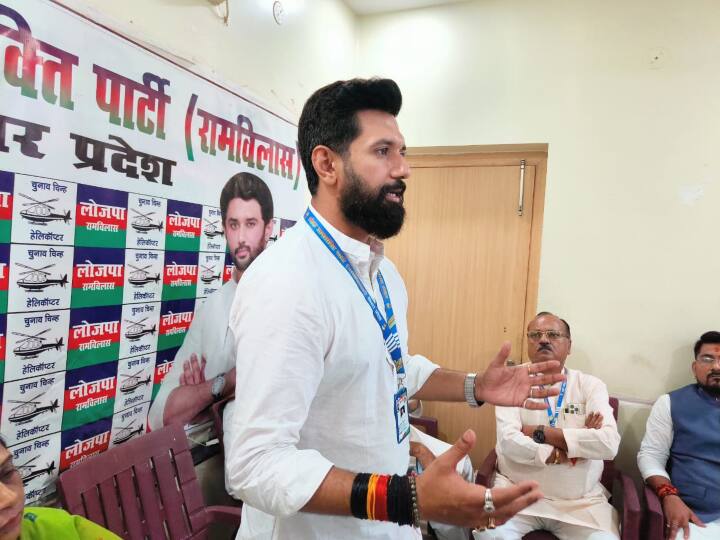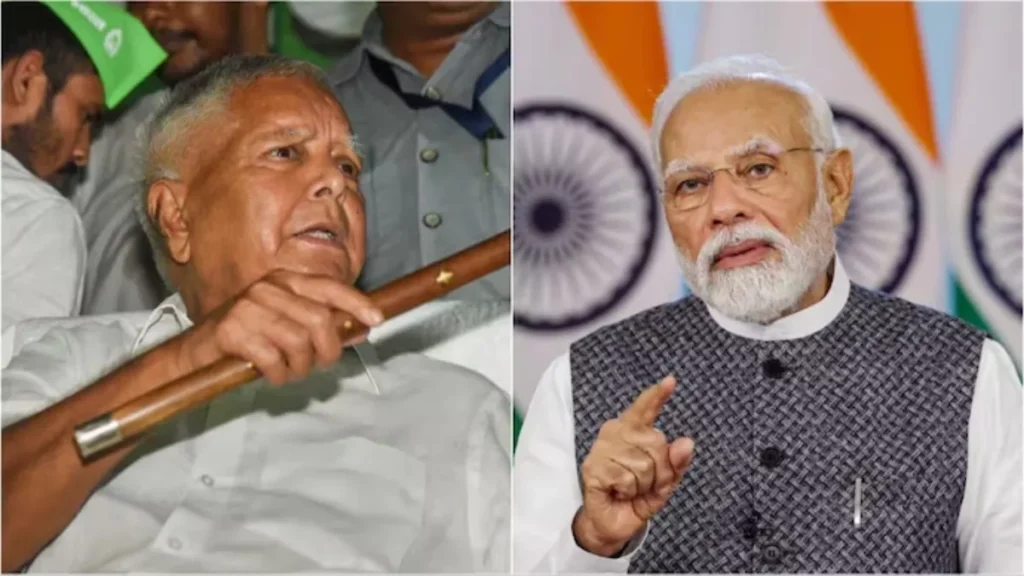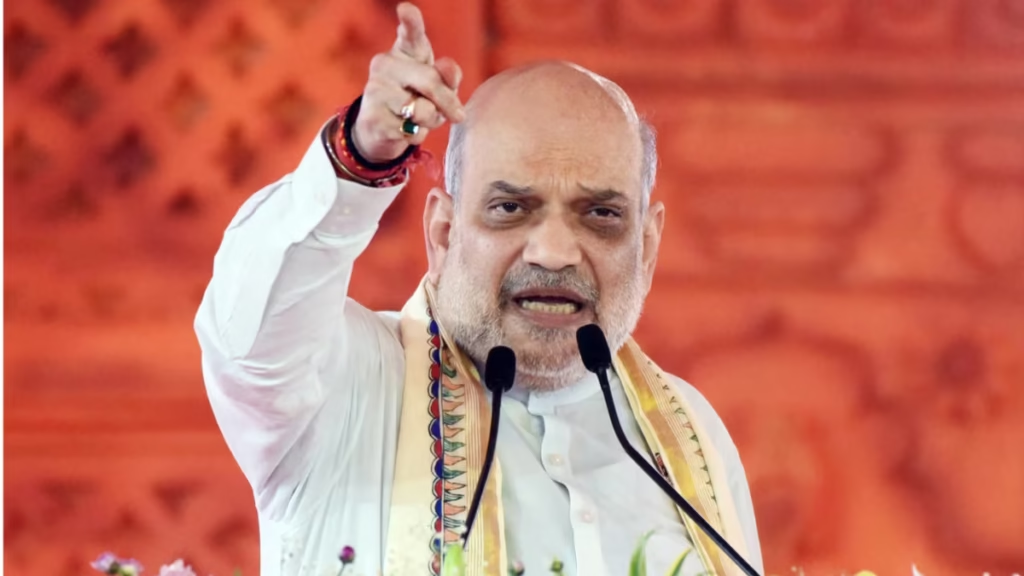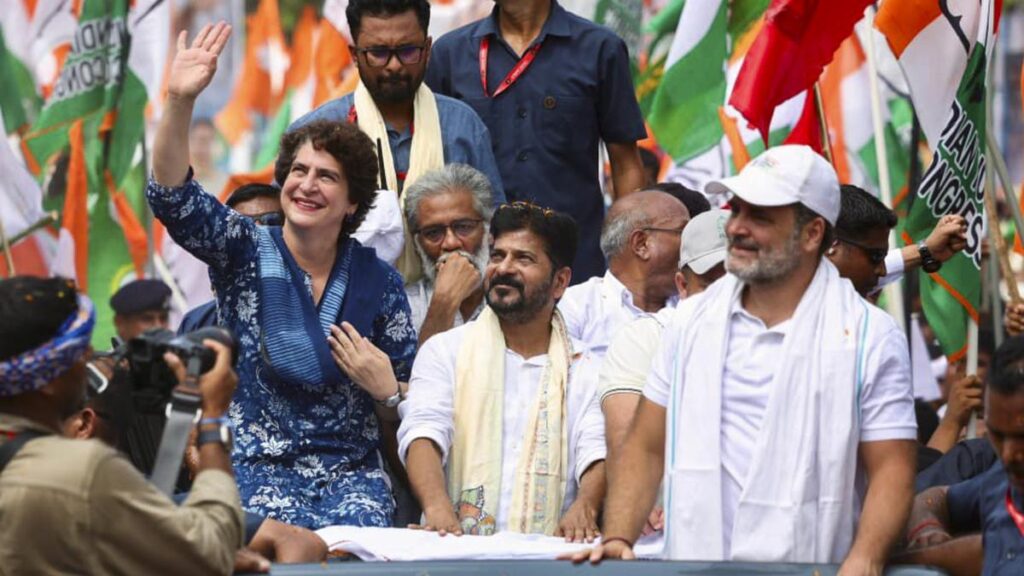UPSC and Ancient India’s Scientific Heritage: What You Need to Know

Ancient Indian Science Contributions National Science Day, celebrated every year on February 28, holds immense significance in acknowledging the contributions of Indian scientists to global science. It commemorates the day when Indian physicist Chandrasekhara Venkata (CV) Raman made his groundbreaking discovery of the “Raman Effect” in 1928. This discovery earned him the Nobel Prize in Physics in 1930, putting India on the global scientific map.
As we celebrate this day, it is an excellent opportunity to reflect on India’s rich scientific heritage, which spans centuries, and its continued relevance in contemporary scientific discussions. This knowledge nugget delves deep into the contributions of ancient India to science, exploring not just the achievements of modern-day Indian scientists but also how ancient India laid the foundation for many modern scientific principles.
Ancient Indian Science Contributions to Science: A Historical Overview
India’s contributions to science are often overshadowed by modern advancements. However, ancient India was a center of knowledge and scientific learning, fostering innovations that still hold relevance today. Ancient Indian scholars made significant strides in mathematics, astronomy, medicine, metallurgy, and various other fields. These contributions are not just a part of history; Ancient Indian Science Contributions they are deeply intertwined with contemporary science, which is why understanding them is crucial for UPSC aspirants, especially when tackling questions related to history, science, and culture.
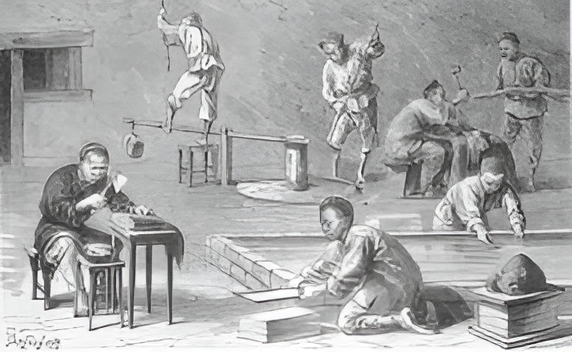
- Mathematics: The Foundation of Modern Science
Ancient India’s contributions to mathematics are legendary. The most significant of these is the concept of zero and the decimal system, which forms the cornerstone of modern mathematics. This discovery can be traced back to Indian mathematician Brahmagupta, who in the 7th century, systematically described zero as a number and explored its operations.
The famous Sulba Sutras (circa 800 BCE) contain geometric principles used for constructing altars and fire pits for Vedic rituals, but they also laid the groundwork for the Pythagorean theorem, much before Pythagoras. Furthermore, Aryabhata (476–550 CE), an astronomer and mathematician, Ancient Indian Science Contributions introduced the concept of the Earth’s rotation on its axis and the calculation of pi, which played a significant role in shaping the mathematical models we use today.
- Astronomy: The Study of Celestial Bodies
Astronomy in ancient India was not merely a matter of stargazing. Indian astronomers made significant advances in the study of celestial bodies. Aryabhata’s Aryabhatiya (499 CE) not only introduced the heliocentric theory (though not widely accepted at the time) but also discussed the concept of the Earth’s rotation on its axis. His work provided an accurate calculation of the Earth’s circumference.
Another important figure, Bhaskara I, offered advanced insights into planetary motion and provided an early version of calculus Ancient Indian Science Contributions. The Surya Siddhanta (compiled around 400 CE) became a crucial text in the field of astronomy, offering precise calculations for the motions of celestial bodies.
- Medicine: Ayurveda and Surgical Innovations
In the field of medicine, ancient India was home to Ayurveda, one of the world’s oldest systems of medicine. Texts like the Charaka Samhita and the Sushruta Samhita are testament to the scientific understanding of the human body, diseases, and treatments that existed in India thousands of years ago.
Sushruta, often called the ‘father of surgery,’ pioneered surgeries like cataract operations and the art of plastic surgery. His techniques were so advanced that they were comparable Ancient Indian Science Contributions to modern practices. The Sushruta Samhita also introduced the concept of hygiene and sterilization in surgery, which is still a crucial aspect of medical procedures today.
- Metallurgy: Advanced Metalworking Techniques
India’s expertise in metallurgy was ahead of its time. The famous Iron Pillar of Delhi, which dates back to the 4th century, remains a remarkable example of ancient India’s metallurgical expertise. The pillar has resisted corrosion for over 1,600 years, a feat modern engineers still marvel at.
The art of producing steel of exceptional quality, known as Wootz steel, was developed in ancient India. This steel was used to make weapons and tools that were exported across the world. The knowledge of metalworking and the creation of alloys was crucial in various fields, Ancient Indian Science Contributions including construction and medicine.
- The Concept of Scientific Inquiry and Experimentation
What often gets overlooked in the study of ancient India’s contributions to science is the strong tradition of scientific inquiry that existed in Indian philosophy. Indian scholars did not merely engage in theoretical knowledge; they also laid the foundation for empirical experimentation.
The Indian philosophical system emphasized logic and reasoning as essential tools for understanding the world. Philosophers like Kanad and Patanjali formulated ideas based on Ancient Indian Science Contributions observations and experiments. The Nyaya Sutras (500 BCE) laid the groundwork for the development of logic, which influenced both scientific reasoning and mathematics.
- Chemistry and Alchemy: The Pursuit of Transmutation
Alchemy, known as Rasa Shastra in India, was a major part of ancient Indian chemistry. This science focused on the transformation of base metals into precious ones, as well as the preparation of medicines and elixirs for health and immortality. While the mystical aspects of alchemy were exaggerated, Indian scholars made genuine contributions to chemistry.
For instance, ancient Indian texts mention the process of distillation, which is vital for modern-day chemistry. The production of chemicals like mercury and its use in Ayurvedic medicine and in metallurgy showcased the level of knowledgeIndian chemists had about materials.

UPSC’s Focus on Ancient Indian Science: Connecting the Dots
The UPSC Civil Services Examination, especially in Mains, frequently integrates questions about history, culture, and science. Ancient Indian science is often tested in the context of contributions Ancient Indian Science Contributions to human civilization, and it is essential for aspirants to link this rich history to contemporary science.
Conclusion
On National Science Day, it is essential for UPSC aspirants to reflect on the legacy of India’s contributions to science. Ancient India’s scientific knowledge not only shaped the history of science but also continues to influence the way we understand and interact with the world today. By studying these contributions, you will not only prepare yourself for the UPSC exam but also gain a deep appreciation Ancient Indian Science Contributions for the scientific heritage that has influenced generations of thinkers, both in India and around the world.
While preparing for UPSC, always remember to connect historical science with contemporary advances. This approach will not only help you answer questions more effectively but will also Ancient Indian Science Contributions deepen your understanding of the relevance of ancient Indian science in today’s world.

